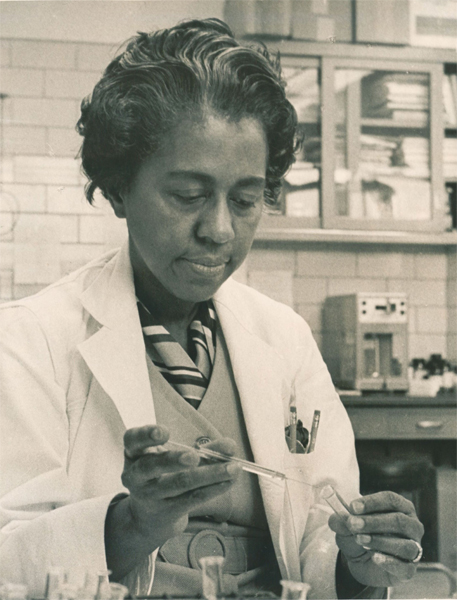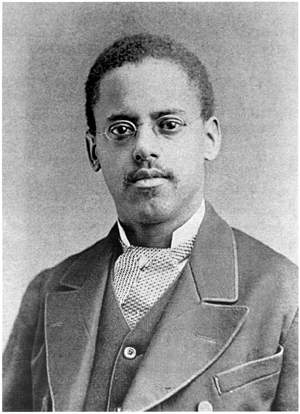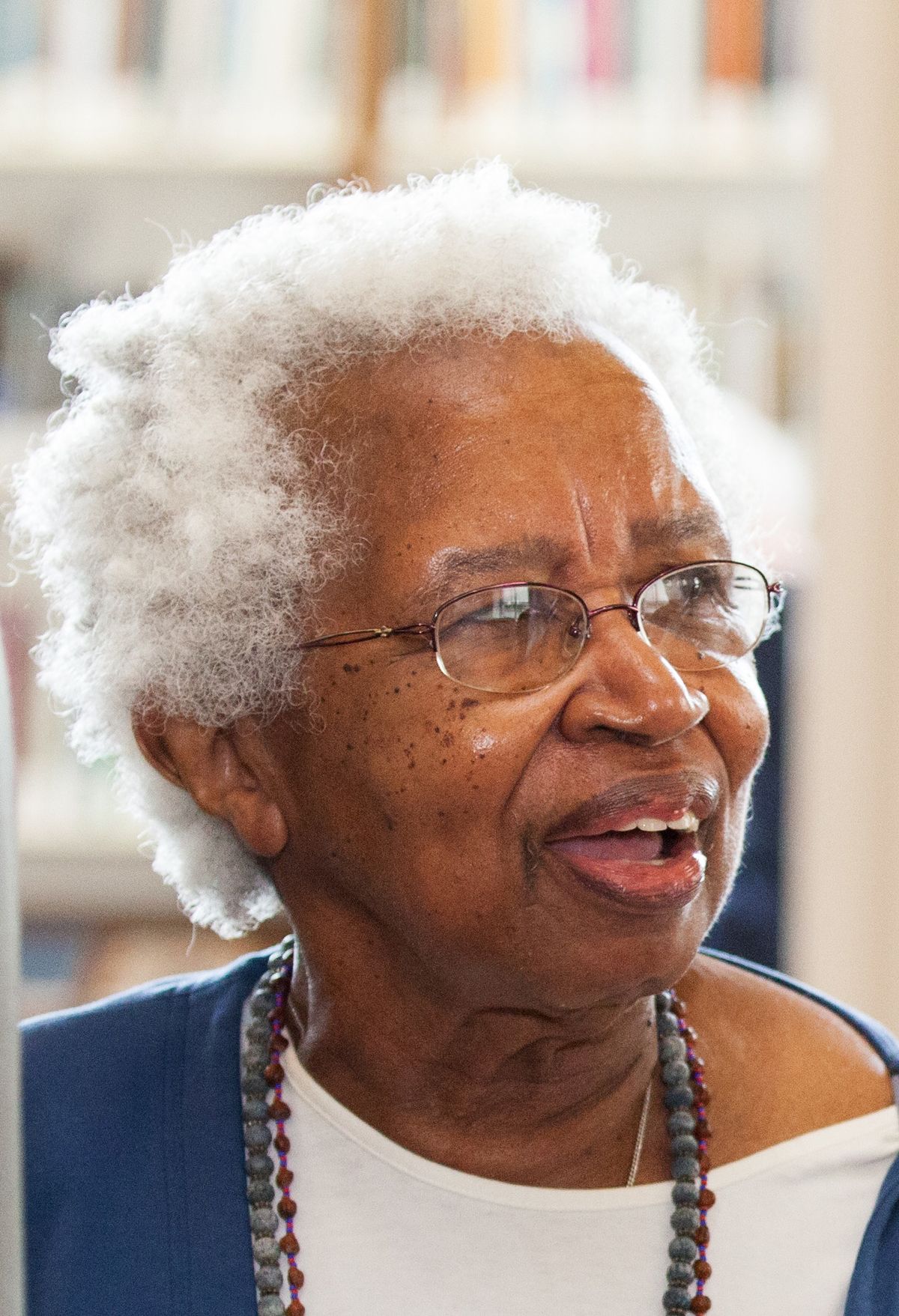Independence Science recognizes the ground-breaking scientific advancements of African American Scientists.
Dr. Percy Julian: April 11, 1899 – April 19, 1975

We first wanted to call special attention to Dr. Percy Julian, one of the world’s most influential chemists. Dr. Julian was the grandson of former slaves and due to segregation laws was only allowed to complete through the 8th grade prior to taking evening remedial classes at DePauw University along with his doctoral coursework. Once he earned his doctorate, he discovered birth control pills, cortisol, and made aerosolized fire extinguishers.
Pursuing the biomedical field, he learned how to extract sterols from soybean oil and synthesize the hormones progesterone and testosterone. Another claim to fame was his synthesis of cortisone, which became used in the treatment of rheumatoid arthritis.
Percy Julian – Facts, Inventions & Death | Biography
Black chemists you should know about | American Chemical Society
Dr. Marie Maynard Daly: April 16, 1921 – October 28, 2003

The first African American to receive a PhD in Chemistry in the United States, Marie Maynard Daly graduated from Colombia University in 1947. Growing up with chemistry as a main focus, Marie Maynard Daly went on to make great discoveries in the field of biochemistry. Marie Maynard Daly
Conducted important studies on cholesterol, sugars, and proteins. Early research included studies of the effects of cholesterol on the heart, the effects of sugars and other nutrients on arteries, and the breakdown of the circulatory system as a result of advanced age or hypertension. Later research focused on how proteins are produced and organized in the cell.
Marie Maynard Daly | Science History Institute
Marie Maynard Daly | Wikipedia
St. Elmo Brady: December 22, 1884 – December 26, 1966

Another great scientist is St. Elmo Brady. He developed the 1st graduate chemistry program at a black college. He was also the 1st African American to get a chemistry PhD in 1908!
Mary Jackson: April 9, 1921 – February 11, 2005
Mary Jackson was NASA’s (National Aeronautics and Space Administration) first Black female engineer. She was first a mathematician and later became an aerospace engineer while working as a human computer at the National Advisory Committee for Aeronautics which became NASA in 1958. By 1979 she was the most senior person in NASA’s engineering department, but decided to take a demotion to lead NASA’s office of Equal Opportunity in order to help women and minorities gain jobs at NASA. She retired in 1985. In 2020, the NASA headquarters in Washington, DC were named after her.
Garret Augustus Morgan: March 4, 1877 – July 27, 1963
Garret Augustus Morgan of Kentucky invented a safety hood that allowed the user to enter smoke filled areas. These hoods were used to rescue workers from a tunnel in 1916. He also patented a traffic signal with three indicators in 1922 and Hair straightening cream with a matching straightening comb.
Garret Augustus Morgan | Wikipedia
Alice Ball: July 24, 1892 – December 31, 1916
Alice Augusta Ball was the first Black woman to graduate from the University of Hawaii and she was also the first female and African American professor at the school. She was a chemist who developed a highly effective treatment for leprosy called the Ball Method. She figured out how to make a compound be easily absorbed into the body to treat leprosy, which had no real chance of recovery before her method. Unfortunately, she became ill and passed away before she could publish her work. It is not known how she became ill, but t is thought that it was chlorine poisoning from her lab.
Lewis Howar Latimer: September 4, 1848 – December 11, 1928

Latimer was born in Massachusetts on September 4, 1848. Latimer co-patented an improved toilet for railway cars. He was hired to make the technical drawings for the patenting of Alexander Graham Bell’s telephone. He patented an early prototype for modern air-conditioning. Perhaps most notably, Latimer pioneered a new method for manufacturing the carbon filaments used to make lightbulbs.
Margaret James: September 4, 1922 – April 27, 1996
Margaret James was an entomologist who specialized in the study of termites. She received a PhD from the University of Chicago in 1950 and was known as “the termite lady” because of her focus on the species. She was the third Black female zoologist in the United States and specialized in the insects of Guyana and Florida. She taught at several colleges and became the chair of the Biology Department at Florida A&M University in 1953. She lectured about biology and equality and later became a research associate with the Smithsonian Museum of Natural History where she conducted a lot of research in the Caribbean. When she died in 1996, she was on an expedition in the Cayman Islands
Jeannette Brown: May 13, 1934
Jeannette Brown was born on May 13, 1934. Inspired by her contraction tuberculosis at a young age, Jeannette Brown went on to become an Organic Medicinal Chemist. As one of only two African Americans in her inaugural class of Chemistry, Brown graduated with a B.S. of science in Chemistry from Hunter College in 1956. In 1958, she became the first African American woman to achieve a master’s degree from the University of Minnesota in organic chemistry. After receiving her master’s, Jeannette went on to pursue research in drug development targeting tuberculosis and coccidiosis.
Jeannette Brown’s Biography | The History Makers




